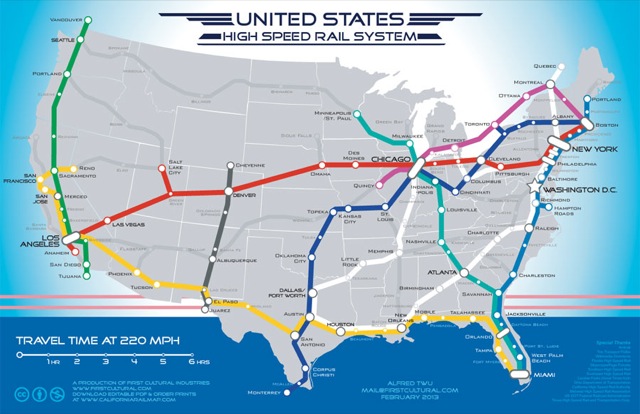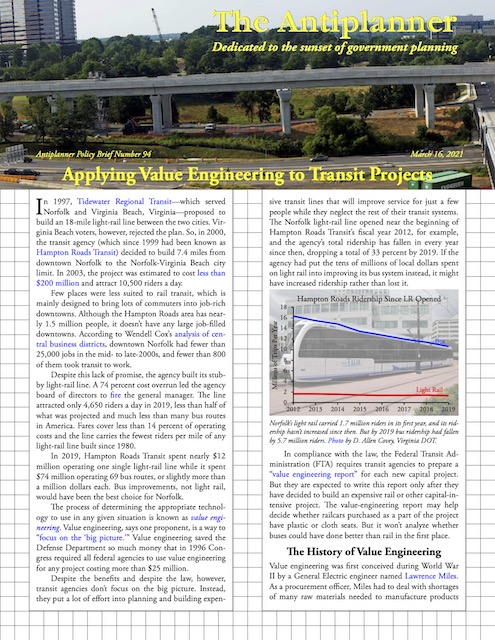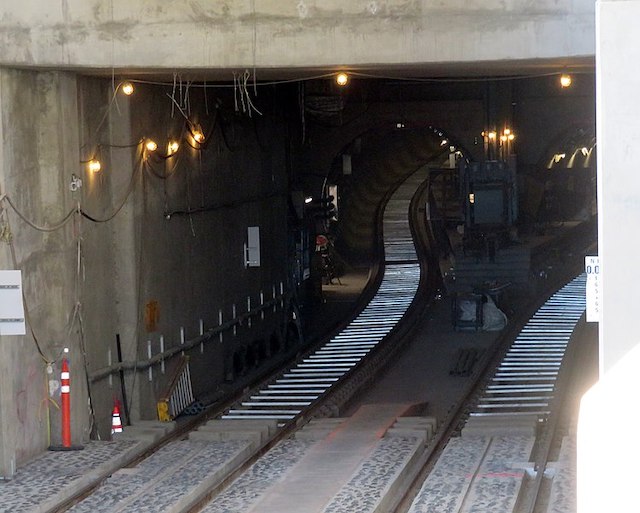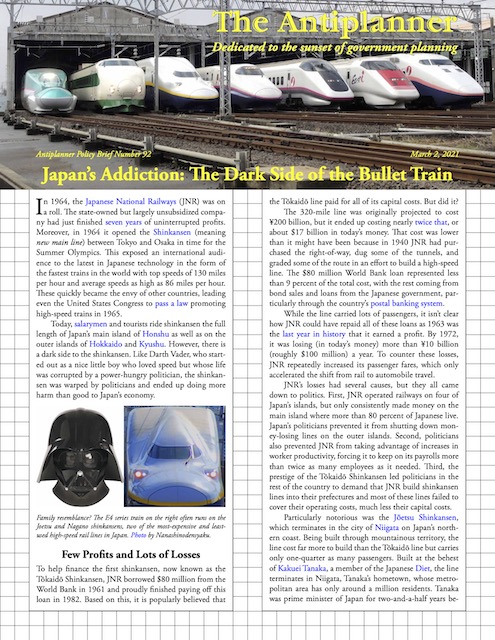A 20-year-old woman named Cara sent out a tweet showing a map of a high-speed rail plan that someone with no sense made eight years ago with the comment, “I want her so fucking much.” She got 185,000 likes and 50,000 retweets, so Vox concluded that Generation Z (also known as zoomers) is sold on high-speed rail.
The high-speed rail map endorsed by Cara. Click image to read the Antiplanner’s comments on the map when it was released in 2013.
Of course, not everyone who liked or retweeted Cara’s tweet is necessarily a member of Gen Z, nor are zoomers (who number more than 60 million) necessarily accurately represented by 235,000 likes and retweets. But I remember when I was 20 years old and loved passenger trains and was convinced there was an evil conspiracy to kill them off, even though I personally hadn’t ridden on very many of them because they were too expensive. I suspect Cara is just as naive today. Continue reading














